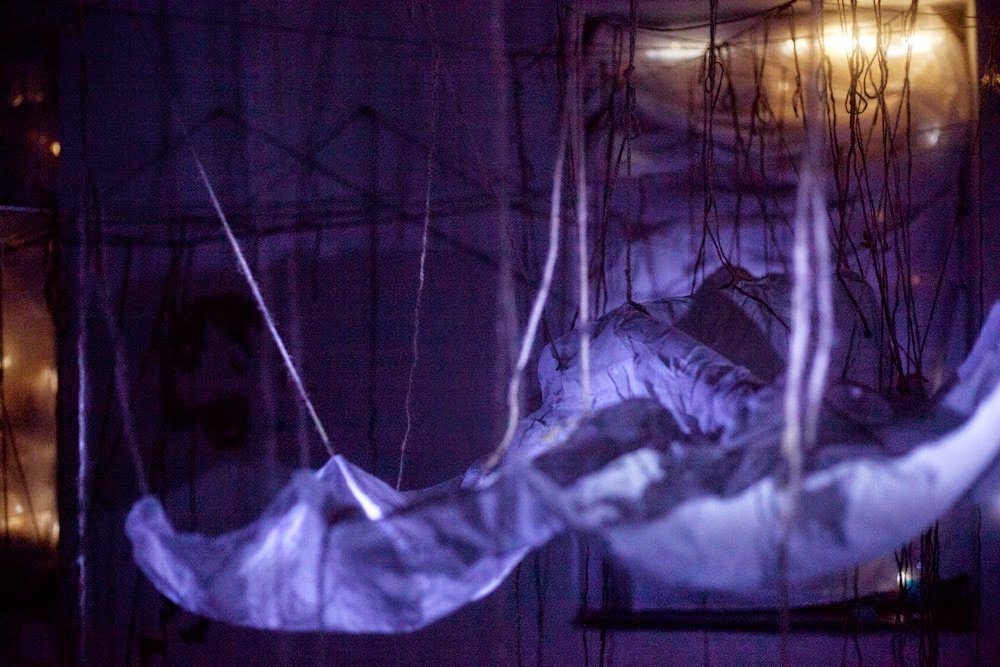All those words are sometimes illustrated with photos and videos. However, this information is barely geotagged. If territorial control is monitored and updated regularly, location and description of the "military installations" and the impact of these conflicts is not. I’m interested into the landscape impacts of conflicts. This work is the result of an artistic and urban crossed approach. My thoughts are focused on the concept of “body-territory”. Five years ago, what began as a simple search for locating events in Syria to understand the territorial issues has gradually evolved into a mechanical and impulsive tracking of trenches on aerial views. This made and still make me feel indignation, anger, sadness and helplessness in front of what I discovered.This led me to create in 2015 the art installation "Scarifications", an inner cry.
Four conflicts, the same scars
Through the simple observation of the trenches on aerial views, we get a unique mapping of territories in conflict. Defensive or offensive trenches are the evidence of an edge, a border, existing, suffered or desired. These are dug everywhere, across the fields, cities, buildings. In my perception of the “body-territory”, these lines are the result of a scarification, open wounds in the landscape. As a combat zone, the scope of weapons implicitly creates a "no man's land." This status implies a cessation of the initial activity of the place. From the Sarajevo’s siege, to the Eritrea/Ethiopia’s border, the generalized war in Syria, or the Donbass war in Ukraine, all these territories with different geographies and time frames, have without exception similar scars.
From individual thoughts to collective action
It’s July 2016 and there isn’t any close sign of appeasement in the conflicts. In Ukraine, there are clashes every day and in Syria, bombings and attacks continue daily. The publication of the latest aerial views are showing even more trenches, formalizing more sieges and new borders.The approach I described above, either artistic or scientific, remains very limited or insignificant in front of the challenge to resolve all the conflicts.In France, we kept some trenches in a role of memory so the generations should not forget what took place on our territory, and what happened to the people.But we can do something here, by preventing new physical and mental trenches and it’s our responsibility of citizens in a country at peace, to welcome refugees and give them hospitality.
